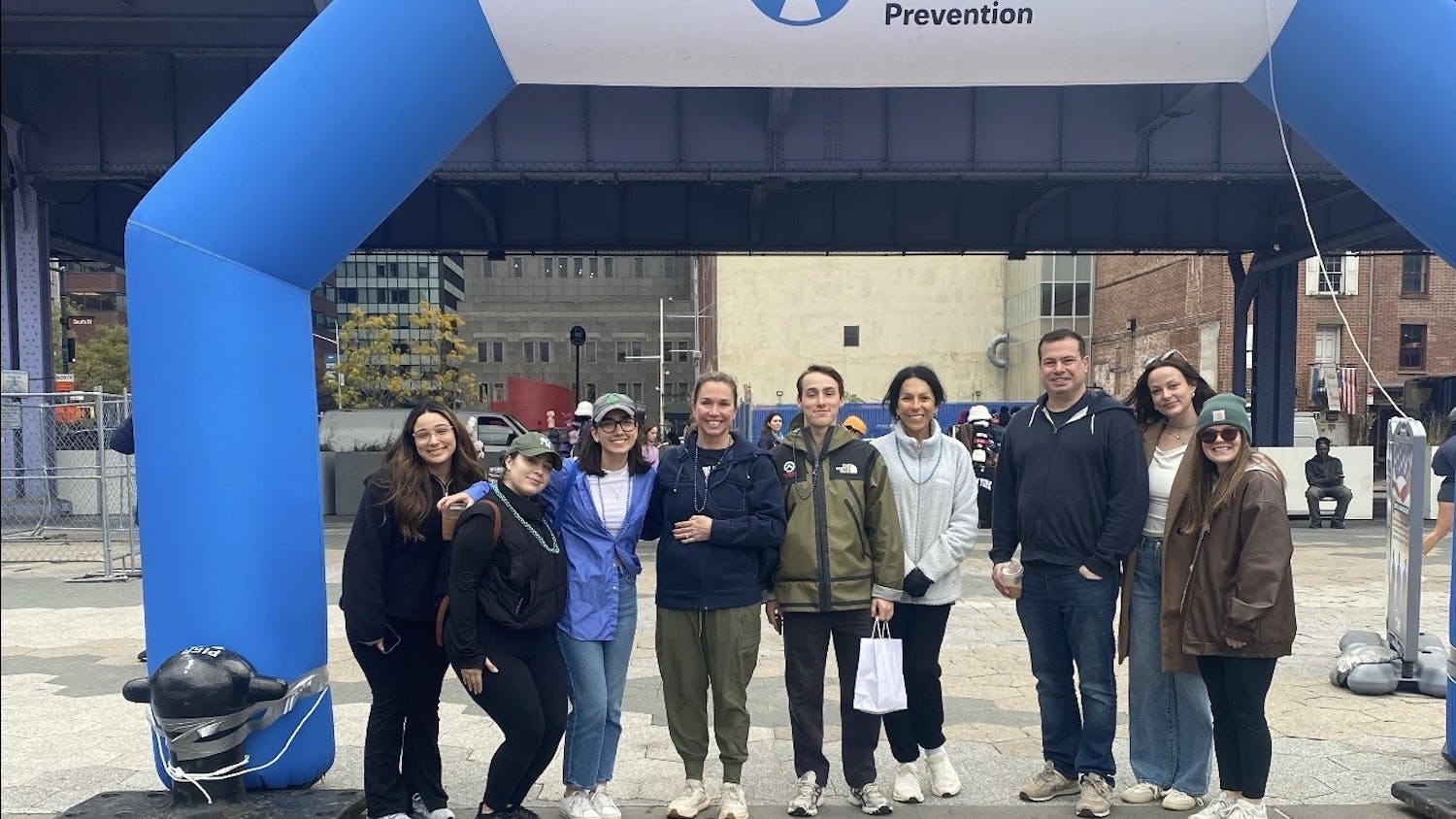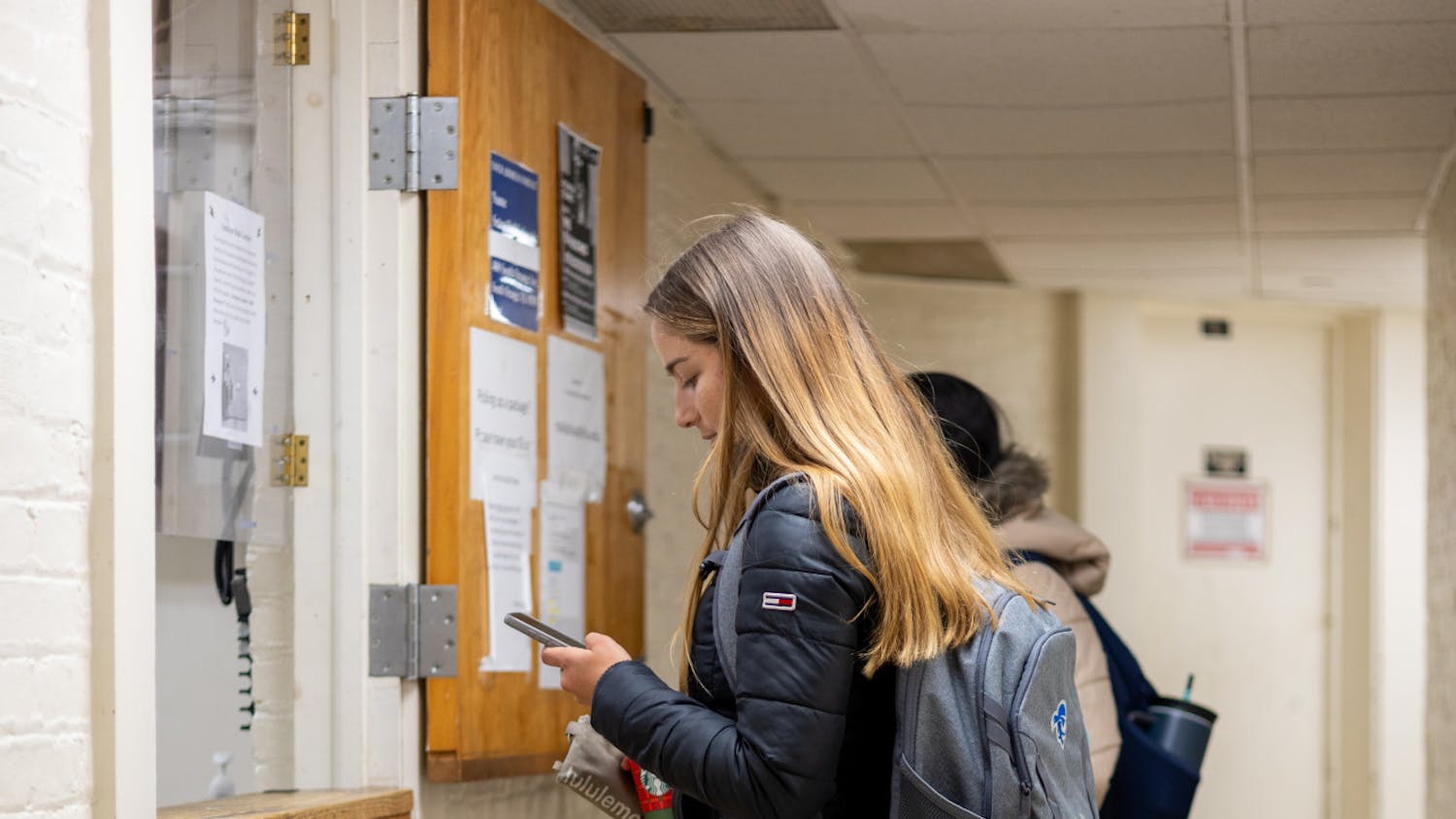As soon as he arrived at the airport in Somalia to begin his sabbatical year research, Professor Assefaw Bariagaber of the School of Diplomacy was handed a bulletproof vest and helmet.
Besides being very heavy, the defensive equipment made it clear to Bariagaber that he was in for something more than the normal academic work of a professor.
The protective vest and helmet have become standard gear in the Somali capital of Mogadishu and were necessary precautions while in transit toward the more secure United Nations compound in the city.
But Bariagaber had not been at the compound very long when the terrorist group Al-Shabaab led an armed attack against the compound around 11 a.m. on June 19, 2013. The bombings lasted about an hour and a half.
There were 15 reported deaths from the incident.
It was a dramatic start for Bariagaber, who was in Africa to do research in Somalia, Kenya, and Ethiopia on the widespread Somali refugee migration. His goal was to shed light on the status of Internally Displaced Persons (IDPs) in Somalia and international refugees in host countries, how many have been displaced and, most importantly, what measures need to be taken in order for Somali natives to repatriate.
“My assignment was to see how refugees go back to their country,” Bariagaber said. “I interviewed refugees about their lives, about how they see a return to Mogadishu, how they came to Ethiopia, what were their problems, how they were treated in Ethiopia and what it would take to get them to go back,” he said.
Most refugees left following the 1991 collapse of the central government. Bariagaber said, “because of that, because of the lawlessness and anarchy that prevailed in the country, more than 1 million people have become refugees and 1 million more have become internally displaced.”
While other time periods, such as 2006-2009, saw substantial refugee flight, the second largest displacement after 1991 occurred in 2011 following a severe drought that caused widespread hunger. According to his estimations on data collected and previous research, Bariagaber said there are currently around 550,000 refugees in Kenya, 250,000 in Ethiopia, 100,0000 in Yemen, some spread around that general region and some in South Africa. In addition to the number of refugees, there are an estimated 1.2 to 1.3 million IDPs within Somalia itself.
Bariagaber worked as a consultant and conducted research for the International Organization for Migration from June to November 2013. He worked mainly in Ethiopia, on the border of Somalia and Kenya, to collect data. He also worked with United Nations High Commissioner for Refugees.
Then, from November 2013 to March 2014, he worked with the research think tank Organization for Social Science Research in Eastern and Southern Africa. This research was used in the most recent edition of an anthology, edited by Bariagaber, titled “International Migration and Development,” which was officially published in July 2014.
Ethiopia has shown cooperation in housing refugees, but it does not allow employment of refugees by Ethiopians. Bariagaber also estimated that “40 percent of the refugees do not have shelter of their own.” Families will either build makeshift structures close to refugee camps or share a previously provided camp structure with an- other family, seeing on average 20 people sharing an 8 foot by 8 foot hut, typically made of bamboo and plastic sheets. Although most aid comes from international organizations, Bariagaber noted “refugees are thankful for the hospitality shown by the Ethiopian government.”
Bariagaber journeyed to Somalia to interview Somali officials only once, due to the high level of terroristic activity there. The capital, Mogadishu, is beginning to take actions toward reestablishing a central government with the help of various Inter Governmental Organizations and Non-Governmental Organizations, including the United Nations.
The goal is to reinstall the Somali Federal Government , the only internationally recognized authority of the state. Various warlords and other militant groups, such as the Harakat Shabaab al-Mujahidin (Al- Shabaab), are trying to establish dominance in the absence of governmental control. Many refugees fled due to high levels of aggressive activity, rendering the place they call home in Somalia too unstable and dangerous to live.
The group claimed responsibility for the initial bombs that allowed them access to the main gate of the U.N. compound that was attacked when Bariagaber arrived. It is suspected the combatants were suicide bombers. They are fighting against the central government, to whom the United Nations is giving support.
From his research, Bariagaber concluded that it will take a long time to even start the process of repatriation. During interviews, many refugees said they would be ready to go back provided there was sufficient security. He commented that, “the necessary precondition for that would be to have a powerful central government supported by the international community.”
For clarification in regard to recent coverage of the African outbreak of Ebola, Bariagaber conducted his research in the eastern part of Africa near the Red Sea and Indian Ocean well before the initial outbreak of the virus. Ebola has affected the western countries of Sierra Leone, Guinea and Liberia as well as a couple cases reported in the capital of Nigeria. A separate article on Ebola will be released in an upcoming edition.
Emily Balan can be reached at emily.balan@student.shu.edu.





